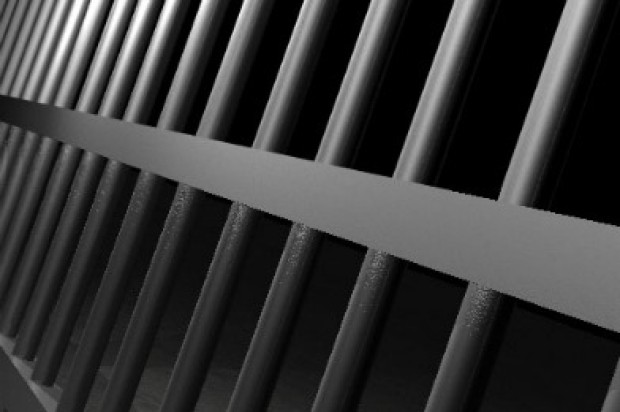
The head of California’s prisons said today that Gov. Jerry Brown’s proposed $9.8 billion budget for corrections in the next fiscal year is aimed at creating a “safer, more efficient prison system” and reducing repeat offenses.
But Department of Corrections and Rehabilitation Secretary Jeffrey Beard said the budget plan assumes the state will be granted at least a two-year extension for meeting a court-ordered cap on the prison population.
If the extension is not granted, Beard said, a $315 million fund that was partly intended for reducing recidivism will instead be used to contract for space for several thousand inmates in in-state and out-of-state facilities.
If the extension is allowed, up to $195 million of that fund would go to a recidivism reduction program, according to figures in a budget summary by Brown’s office.
“We hope to hear in the next several weeks from the court,” Beard said in a telephone news conference.
The planned prison spending was announced by Brown today as part of the proposed state budget for the fiscal 2014-15 fiscal year, which begins on July 1.
A limit on the population of the state’s overcrowded prisons was ordered in 2009 by a panel of three federal judges, who said that reducing the number of inmates was necessary to bring what it called “woefully inadequate” health care to minimal constitutional standards.
The order was upheld by the U.S. Supreme Court in 2011. It requires the state to reduce the population to 137.5 percent of the prisons’ designed capacity.
The current population of the state’s 34 adult facilities is 118,633 and the design capacity is 81,574. The court order thus requires a reduction of 6,469 inmates to 112,164, according to department spokesman Jeffrey Callison.
The three-judge panel has previously granted several extensions of the population cap order, most recently until April 18. It has also ordered confidential settlement talks between state lawyers and attorneys for prisoners, with state Court of Appeal Justice Peter Siggins acting as a mediator. The deadline for the talks to end is Friday.
The state asked for a three-year extension of the population limit in a Sept. 16 filing, but the court has not taken any action on the request while the settlement talks were under way, according to Donald Specter, a lawyer for the inmates.
Specter said lawyers for the inmates will oppose an extension.
“There’s a lot of things they can do to release prisoners safely,” Specter said.
“I think it’s a poor policy decision” to increase capacity instead of releasing more prisoners, “but that’s a decision they’re entitled to make,” he said.
Specter declined to comment on the progress of the settlement talks. Beard said in his news conference, “We think the talks have gone well, so we’re hopeful.”
The three-judge panel is made up of 9th U.S. Circuit Court of Appeals Judge Stephen Reinhardt of Los Angeles and U.S. district judges Thelton Henderson of San Francisco and Lawrence Karlton of Sacramento.
Henderson and Karlton are presiding over two long-running civil rights cases in which inmates are challenging prison medical care and mental health care.
The panel was convened under a federal law that provides that a civil-rights order to reduce inmate population can be made only by a three-judge court, rather than by a single judge, and only as a last resort.
Beard said today that some reduction in population, but not the full amount needed, will be accomplished by expanding early release of seriously ill prisoners, establishing a process for early release of elderly prisoners who do not endanger public safety, and increasing good-time credits for some non-violent offenders.
Those measures were ordered in June by the federal panel, which mandated a waiver of state laws and regulations that would otherwise have blocked those releases.
The inmate numbers have previously been reduced by about 25,000 by the state’s realignment policy, which shifts low-level offenders to county jails. The prisons had a peak population of 162,500 in 2006.
Julia Cheever, Bay City News









